My wife is an avid gardener and for more years than I can remember, I have accompanied her on a wide range of garden tours and other such outings. While gardening is of little interest to me per se, I do find some enjoyment in capturing images of flowers and foliage. And, on the odd occasion I have shot videos of private and public gardens.

From a still photography standpoint my technique is rather simple. I shoot handheld with a telephoto lens, most often my Nikkor 70-200 f/4 VR with my D800, sometimes even adding my TC-17E II teleconverter for extra reach when needed. If I am out with my Nikon 1 V2, I usually use the 1 Nikon 30-110 f/3.8-5.6.
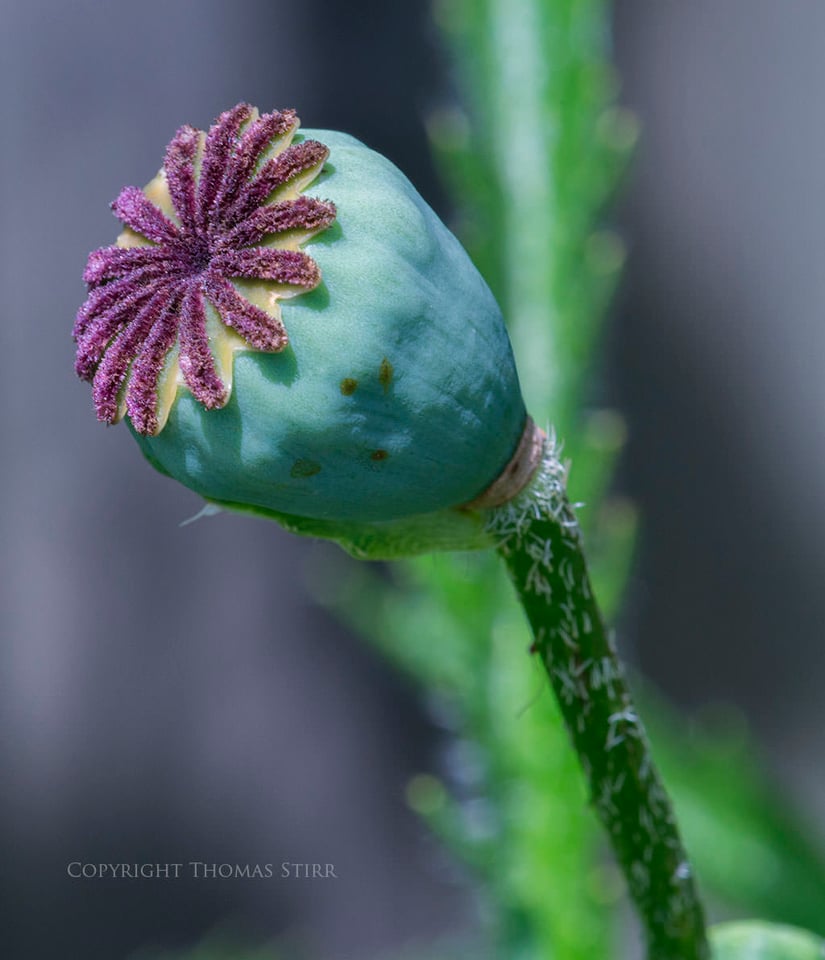
I always try and shoot with white balance set for direct sunlight, cloudy, or shade depending on the individual conditions. I never use a flash or drag a tripod around with me. I also never manually adjust the position of any flowers or plants, trying instead to find the exact right viewing angle, background and lighting conditions that appeal to my sense of color and balance. I prefer using my D800, because of its incredible resolving power and good low-light capability, as it is often difficult to shoot at low ISOs. That’s not to say that one should never use a tripod and a proper macro setup – ideally, that’s what you want to use to get the best results.
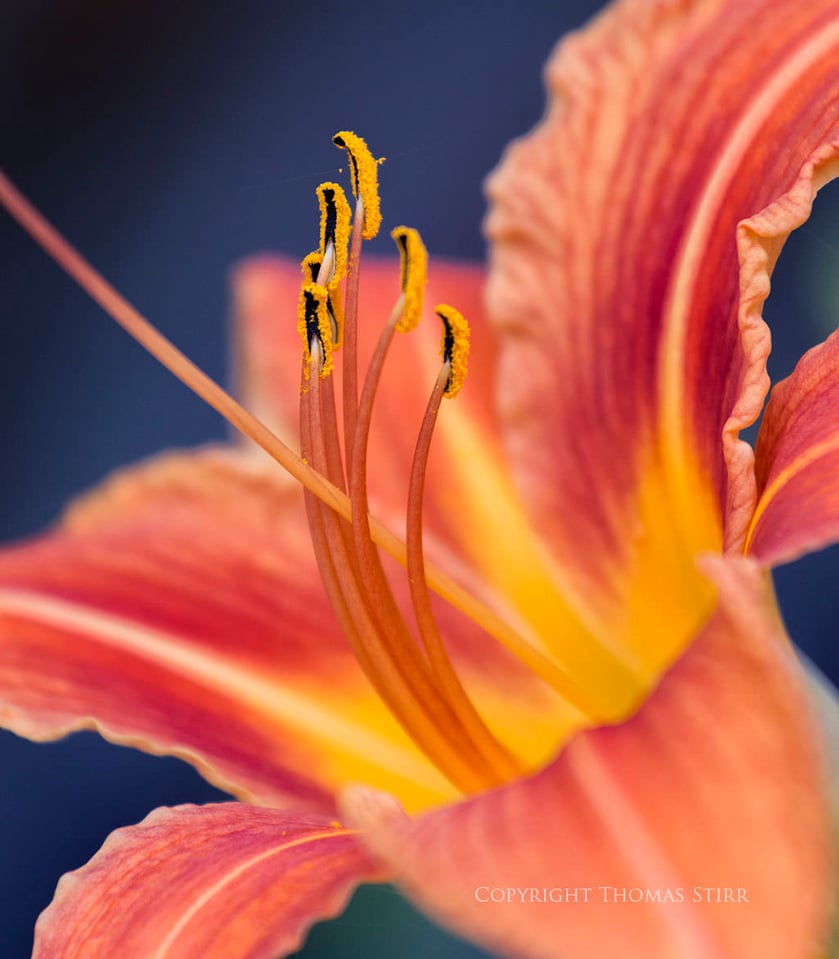
My setup works for me, because it gives me flexibility to move around and change angles very quickly – crouching, lying on my belly, and sometimes putting myself in contortionist-like positions are often required in order for me to get the shot I want. Also, since I am often on private property during a garden tour, it is inappropriate to bring a tripod, blocking pathways, and otherwise inconveniencing homeowners and other visitors to their gardens.

One of my favorite times to do this type of photography is right after a light rain when colors can be very intense and the plants still have water droplets on them to add some additional interest. Partially cloudy or overcast days are much preferred over bright, sunny ones.

I find using a long telephoto lens helps me better isolate individual flowers that may be buried towards the back of a flower bed or in a similarly awkward position, which makes them inaccessible to photograph with a shorter lens. Using a telephoto lens makes this type of photography faster to do, and much more discreet. Image stabilization / vibration reduction obviously helps a great deal when shooting hand-held.

As we are getting into much warmer temperatures in the northern hemisphere, I would encourage our readers to experiment with some flower photography using telephoto lenses. It will teach you a great deal about distance, depth of field and subject isolation capabilities of your setup. Start out with a very basic setup – it does not have to be expensive. A 55-200mm or a 70-300mm lens would be very suitable for this type of photography. Lenses with a short “minimum focus distance” are ideal, because they allow you to get very close, while still maintaining the ability to focus.
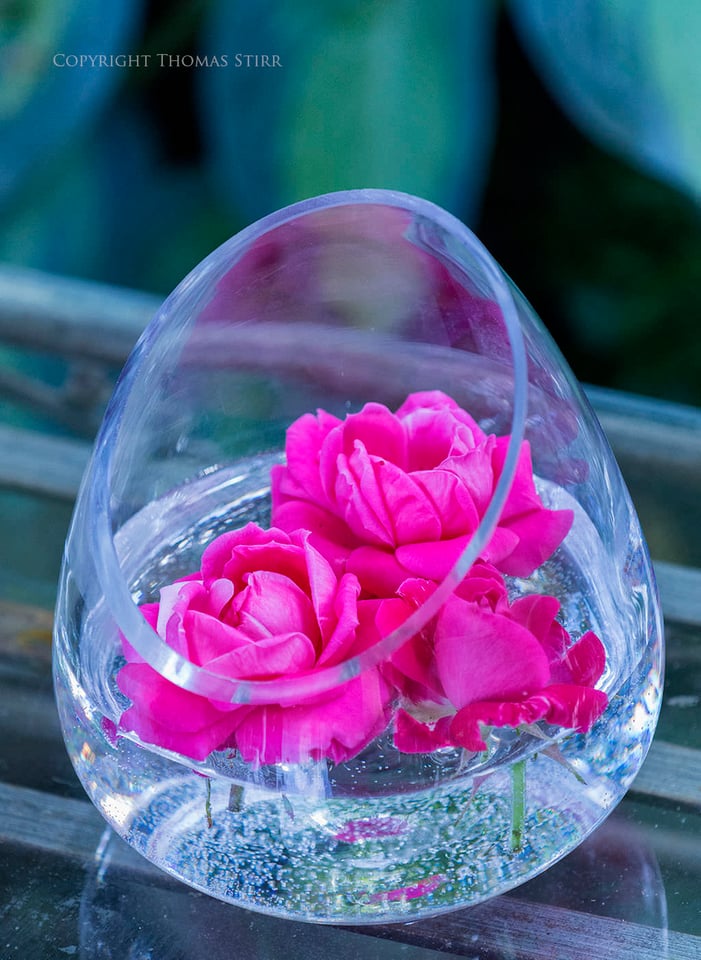
Get close to the flower you are about to photograph, set the focal length of the lens as long as possible for shallow depth of field. Next, set your camera to Aperture Priority mode with the lens aperture set to the smallest f number like f/3.5 (might be f/5.6 at long focal lengths), turn Auto ISO on, turn on Image Stabilization / Vibration Reduction and you should be ready to go!
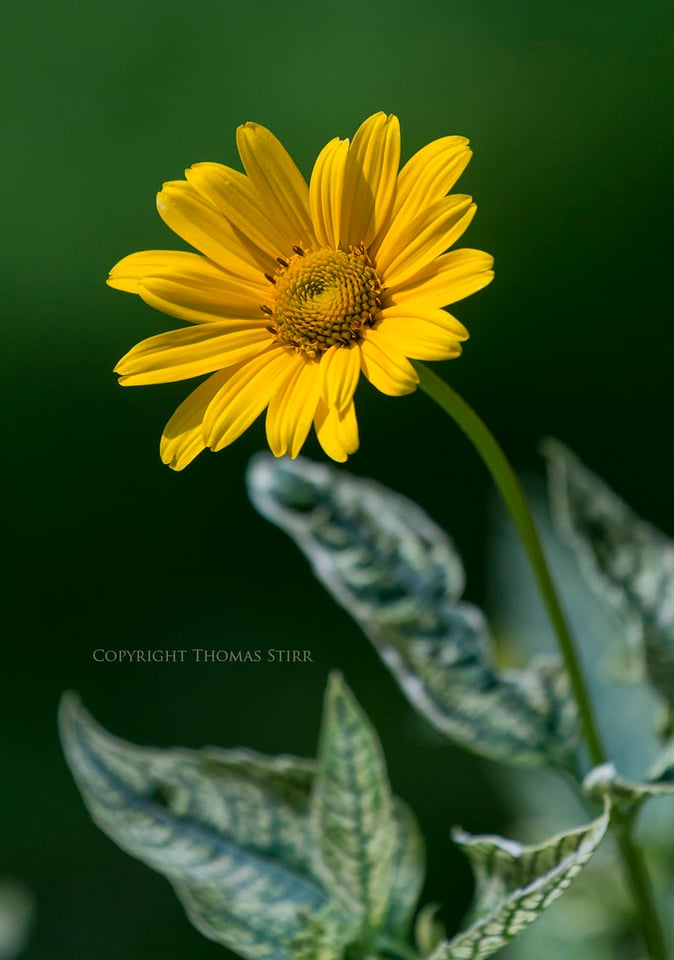
At very close distances and long focal lengths, you might find large apertures to create very shallow depth of field, which might only bring a very small portion of the flower in focus. If you want more in focus while still keeping the background blurry and smooth, make sure that the background is clear of other flowers / objects, or they are in the distance. Next, start increasing your f number (say from f/5.6 to f/11) and that should do the trick. If you are very close at “macro” distances, you might need to increase the f number even more!

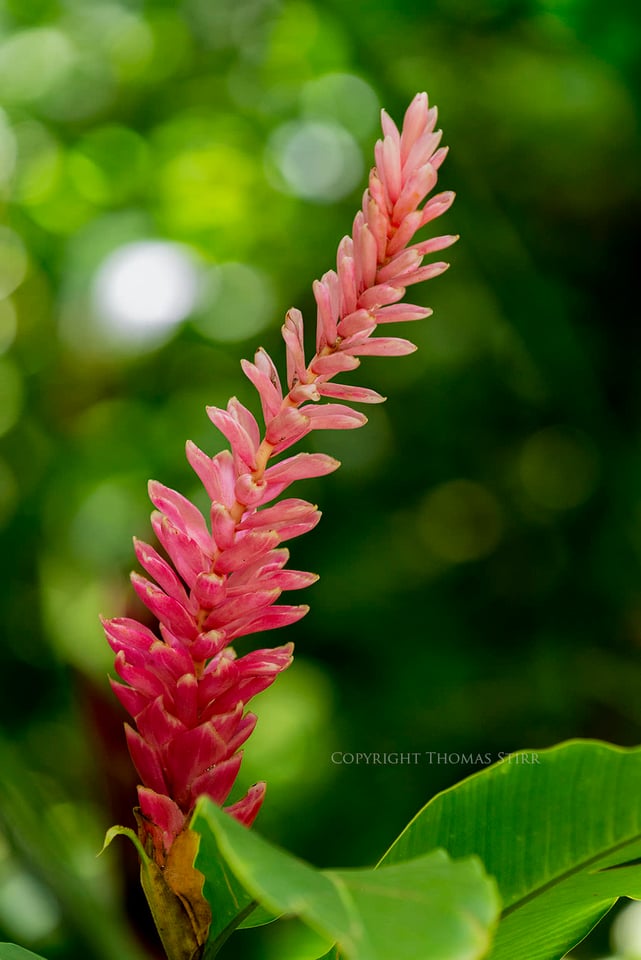
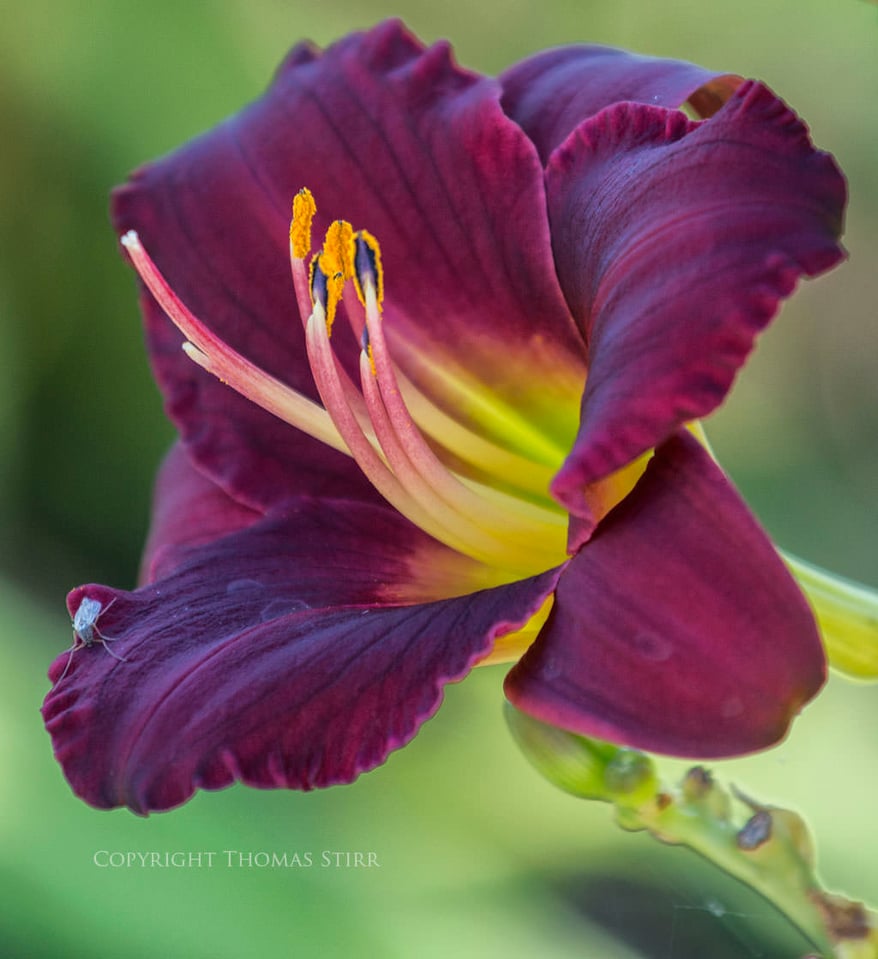
If you have experimented with photographing flowers before, please feel free to share a link to your gallery or photos below!
Article and all images are Copyright Thomas Stirr. All rights reserved, no use, reproduction or duplication including electronic is allowed without written consent.
“telephoto”, not “telephone”…dumb autocomplete
Nice article. I agree about using telephoto lenses for florals. My current favorite setup is an old isco Gottingen telephone westanar on a Konica Hexanon macro tube. The telephone has a pretty far near final distance, but on the tube it allows for close-ups, but you can still stand a fair distance away from the subject.
A link to my 500px shots:
500px.com/aerogami
I agree, I have found that adding a 10mm extension tube to my 70-200mm has saved me the price of a macro lens. And the bokeh from the longer lens is lovely. Thanks for the article.
Hi jeffp3456,
Other than losing some light extension tubes are very handy indeed! I have a set for my Nikon 1 gear and I find that I use them quite a bit, even for client video work.
Tom
Tom, your photos are amazing!
Thanks for the positive comment…I’m glad you enjoyed them!
Toim
bit hard to much your quality Thomas, but then I do take a different approach and mainly use the tiny sensor cameras like a Canon G12 or my favourite the Lumix FZ200 to capture ‘stuff’ I see in the Australian bush; and a rather dry part of Australia. And as you have pointed out the longer part of the lens is so good for close-up photography. I also add a Canon D250 achromatic lens to the Lumix.
No all in line of the topic but ………www.flickr.com/photo…224522390/
I really the like full swiveling screens to get very different angles. I even dig holes to get the camera lower
Thanks for the inspiration; something I really need.
Hi Ian,
First my apologies for not responding sooner! It is sometimes very difficult to keep up with comments on some of my older articles. Thanks for sharing your image…very nice indeed!! I love the fine texture and the striking colours against the dark background.
Tom
Very Nice! Thanks for sharing!
Hi Mr Stirr, I love reading all your articles. Excellent presentation, easy to understand technic and approach. I learn a lot from your pages over the time. I would like sharing here some macro shots in my backyards last fall season. Hope to contribute to this excellent macro topic.
Sunflower: www.flickr.com/photo…543946339/
Hoan
Hi Hoan,
Thanks for sharing.
Tom
Tom, thank you very much for your speedy and very complete and informative reply. I’m heading to the Bronx Botanical Garden now to try my hand at it. I love your pics and site. Much thanks again.
Mark
Hi Mark,
Have a great time at the Bronx Botanical Garden. Let us know how it goes….
Tom
Hi Mark,
Thank you very much for your comment…very much appreciated.
As a point of clarification, none of these images were taken with any kind of focus stacking technique. All were shot outdoors in natural light, hand-held without the use of any tripod or flash.
In terms of achieving a combination of DOF and good bokeh in these images, the most important factor is carefully choosing the subject and its relationship to background elements. Selecting subjects that have a good distance between themselves and surrounding foliage is extremely important to achieve this particular ‘look’. Shooting with a full frame camera with a telephoto lens also helps a great deal. Except for 1 image, all of the images in this article were taken with full frame cameras. I used a Nikkor 1.7 teleconverter on my 70-200 f/4 for many of these images and have noted same below for you. All of these images were downsized for web use, so I have also included the sizes of the images to give you an idea of the extent of the crops used.
Here are some shooting details for you:
Image 1: D800, 200mm, f/11, 1/500, ISO-1000, 7360 x 4912
Image 2: D800, 340 mm (200 mm + 1.7 teleconverter), f22, 1/125, ISO-1000, 4117 x 4793
Image 3: D800, 340 mm (200 mm + 1.7 teleconverter), f10, 1/400, ISO-1000, 4912 x 5616
Image 4: D800, 190 mm, f/8, 1/250, ISO-1000, 4756 x 4756
Image 5: D800, 320 mm (188mm + 1.7 teleconverter), f/8, 1/250, ISO-640, 5310 x 4043
Image 6: D800, 310 mm (182 mm + 1.7 teleconverter), f/11, 1/500, ISO640, 6720 x 4828
Image 7: D800, 200 mm, f/6.7, 1/160, ISO-1600, 4624 x 6336
Image 8: D800, 340 mm (200 mm + 1.7 teleconverter), f/6.7, 1/2000, ISO-800, 3504 x 4992
Image 9: Nikon 1 V2, 297 mm, f/5.6, 1/50, ISO-3200, 2872 x 2512
Image 10: Nikon D600, 240 mm (141 mm + 1.7 teleconverter), f/6.7, 1/125, ISO-1600, 4016 x 6016
Image 11: D800, 340 mm (200 mm + 1.7 teleconverter), f/6.7, 1/100, ISO-400, 3090 x 3377
Hope this has helped.
Tom
Well, first and foremost, your talent is immense, your resulting pictures beautiful, on a high professional level for sure. Now that I got that out of the way, I must take you to task, as a new reader, for not having all EXIF data printed near every pic you take. Some of these pics, to my untrained eye, appear to be focus stacking, which is fine, but should be disclosed. The DOF on certain shots is so great, yet with great bokeh, that it doesn’t appear otherwise possible. I am unfortunately not learning nearly as much as I otherwise could be from your amazing shots without you disclosing your settings. Thank you for an otherwise wonderful site.
mark
At the time I took those pictures, I didn’t do any additional Post Processing. I did use LR5 to reduce the size enough to allow posting on the website in link given. And as an amateur I wouldn’t know what focus stacking is. I am a member of Nikonians and had same pictures on their Gallery and it does have the EXIF info.
I never really thought of using a telephoto for flowers as I always use my macro lens for flowers, thanks for the suggestion. I’m going to give it a try.
If you check out the pictures in Link I provided in my previous post were almost all either shot with a 18-55mm or 55-200mm. The ones using the 55-200 were shot set at about 200mm. I was real close to the flower. I set F-Stop at lowest value to get the shallowest Depth of Field. It’s not necessary to Use a Macro lens.
It’s nice to have one, and in the future I may purchase one.